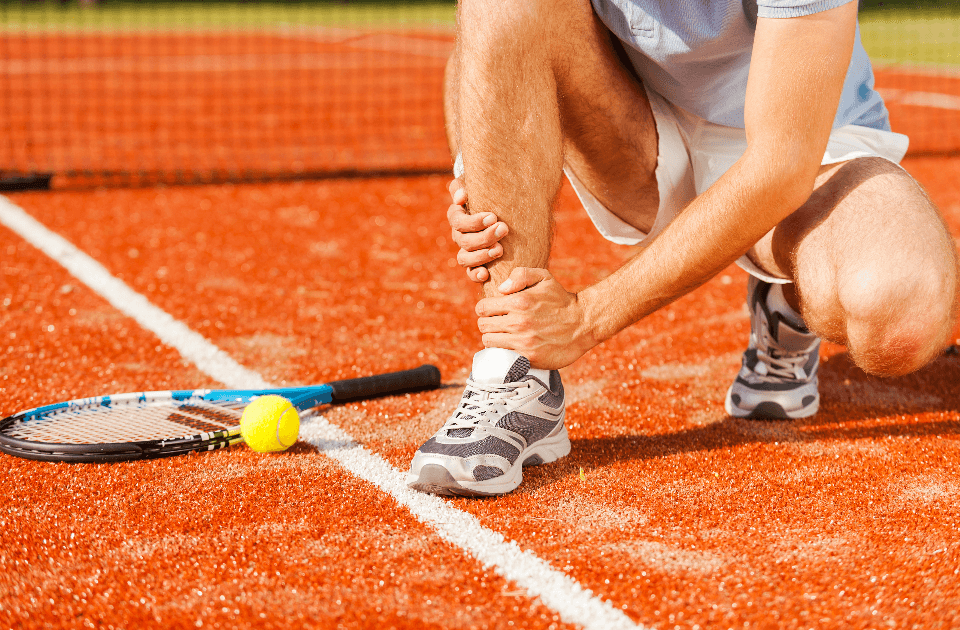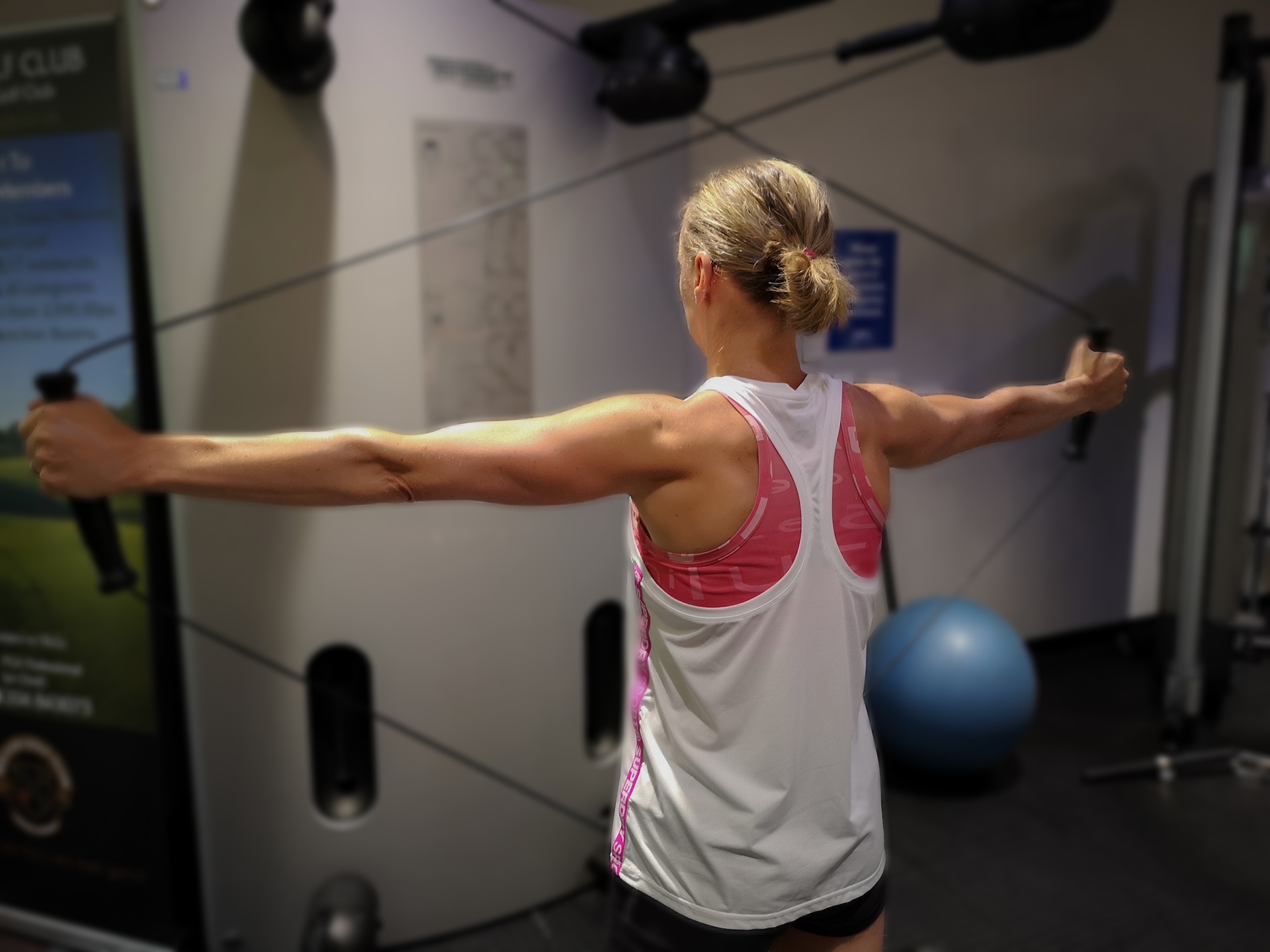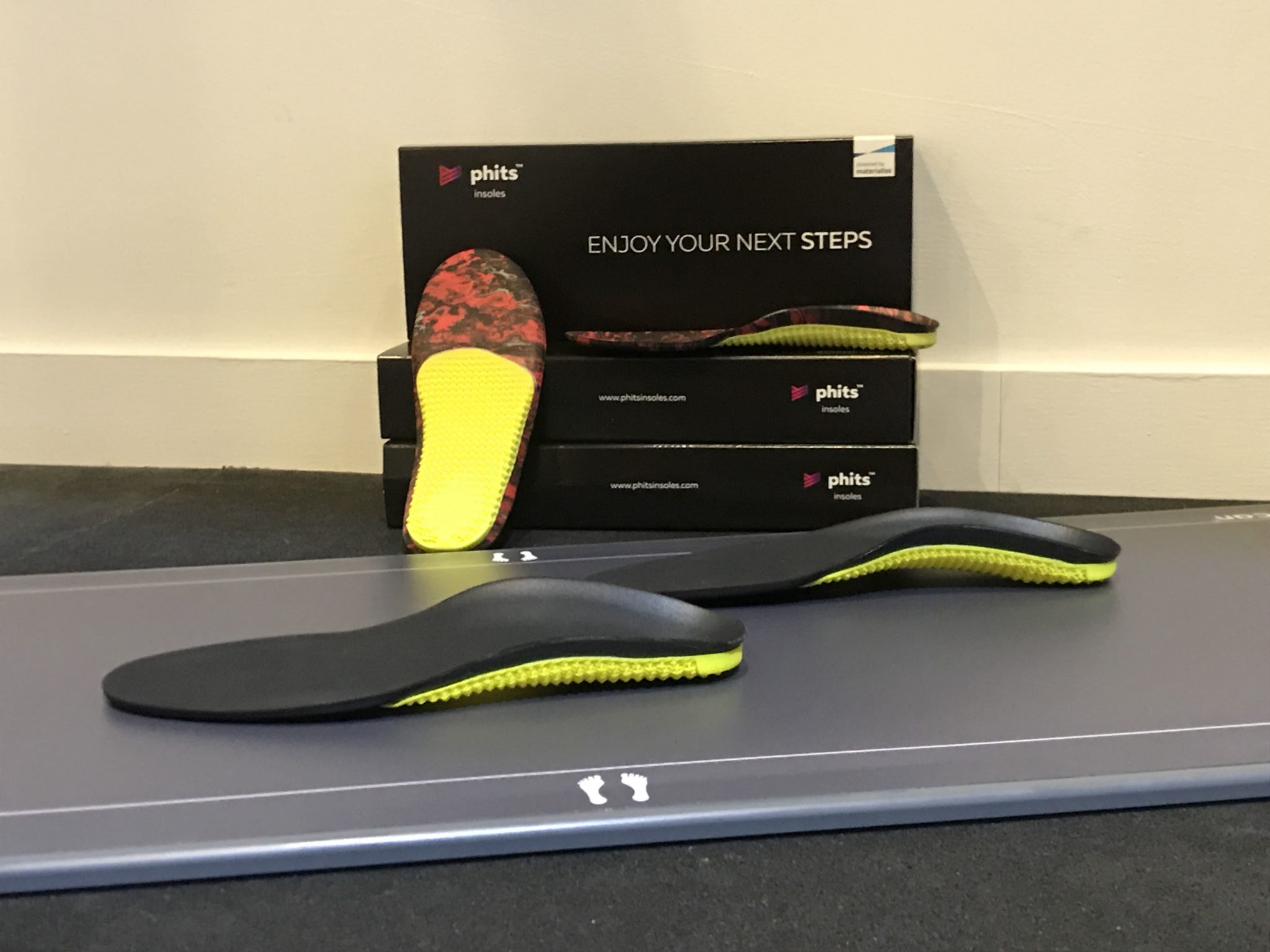
Are you a tennis player who is injured?
Do you want to avoid injury?
Looking to improve your game?
The 2017 Wimbledon men’s final takes place this afternoon between Roger Federer who has been dubbed the greatest player of all time. He is making a return to Centre Court on Men’s final day for the 11th time. He faces the cool, calm and creative Croatian, Marian Cilic.
I am sure it will be a fantastic display of talent, athleticism and mental strength, following on from yesterday’s enthralling game between Venus Williams and Garbine Muguruza, which I am sure you all enjoyed as much as I did. Two phenomenal athletes competing at their physical and mental limits for arguably the greatest prize in tennis. Personally, I thought it was fantastic to see Garbine Muguruza come through the game and win her first Wimbledon title, congratulations to her.
Tennis is such an unpredictable sport and an extremely physical demanding game with the need for versatility every time you step on court. No other sport, that I am aware of, has such a varied playing time. Tennis matches can last for one hour to four hours.
Great physical and mental conditioning allows tennis players to perform at their best in such a versatile environment with constantly changing variables. As a result of this, is it any wonder we have seen so many injuries during this years Wimbledon tournament?
When we see professional athletes performing at the top of their game, willing to give everything they have to win, some injuries are unavoidable! Over the last two weeks we have seen ten players retire due to injury, including the likes of Novak Djokovic and Nick Kyrgios, two big names in the Men’s tournament. Andy Murray’s performance was in doubt prior to the tournament due to a hip injury, and it was devastating to see him in pain during his defeat to Sam Querrey.
With all the injuries we have seen this year, I wanted to share my knowledge and experience around tennis, injury prevention and the injury management process for tennis players to help you and maybe answer a few questions you may have after seeing so many injuries in the sport over the past two weeks.
Have a read of each of the following statements, if any relate to you please do read on, as we may be able to help you!
‘Has Wimbledon 2017 inspired you to start playing or dig out that old racket and start up again?’
‘Are you a player who wants to take your tennis to the next level?’
‘Are you a Tennis player who is currently injured or wants to return to playing Tennis due to injury?’
‘Are you a parent concerned your child may become injured due to playing tennis?’
Having worked with tennis players over the past 6 years, of varying ages and abilities, I like to draw upon my previous experiences and my knowledge to help tennis players improve their game, return to court following an injury and reduce the risk of recurrent injury when playing tennis.
Ninety percent of the time, movement (or poor movement should I say) is the underlying issue leading to an injury. Having watched tennis players move and play tennis while going through growth spurts, picking up injuries and compensating, this allows me to say with the utmost confidence that good movement patterns are critical to players performance and avoidance of injury.
Movement is key, control is vital and power is essential. I believe, all three attributes intertwined with a handful of spirit, emotion, strength and a sprinkling of skill, make a fantastic tennis player.
Why is movement so important, you ask?
In clinic and in day-to-day life I observe movement. Movement and the biomechanics of how we, as humans, walk, run, twist, sit, stand and roll fascinate me. Our body is a machine, it can be a well-oiled machine that moves magnificently or a rusty dysfunctional machine that moves poorly. When we move poorly, our body creates imbalances and compensatory patterns meaning different areas of the body become weaker while others become stronger. This naturally leaves players open to injury as these compensatory patterns and poor movement patterns didn’t exist when we were born, we pick them up as we grow and live. It is that reason alone that I look at movement and stress the importance of movement to all the tennis players I come across when discussing injuries and avoiding injuries during their career.
What do we do?
At our clinic within the USN Bolton Arena, I work with tennis players of all ages and abilities, from youngsters starting their tennis pathway to professional players looking to breakthrough and be the best in the world.
I work along side Howard Green, the head of Strength and Conditioning for the High Performance Tennis Academy at Bolton Arena. Over the past 6 years we have successfully managed players during their tennis pathway and career ensuring injury risks were and are at the lowest level possible. Howard Green is an accredited strength and conditioning coach and I believe he is one of the best tennis specific strength and conditioning coaches in the world. He has worked with professional players such as Ana Ivanovic and Naomi Broady; along with junior players who have gone onto make a career out of tennis either on home soil or in the USA. It is his knowledge and vast levels of experience that allows him to be one of the best at what he does. While watching Wimbledon this week I spoke with Howard about this years high injury occurrence at Wimbledon, which allowed us to reflect on what we do to prevent injury and reduce the risk of injury in tennis players. When discussing this and reflecting, it was quite clear a common theme kept occurring… movement, movement control and movement analysis. I asked Howard why he feels movement is so important in Tennis players. His answer was so detailed, I had to ask him to summarise and write it down for me…
“Tennis is a random intermittent sport, no ball that the player receives is the same – there is different spin, height, direction and speed. The best players I have come across in the sport are the best movers and share some common qualities. They are efficient movers. They are both a fast thinker and fast mover. They are highly coordinated”.
I agreed with Howard on all his points and wanted him to expand on his opinion of movement efficiency. So what do we mean by movement efficiency?
“Efficiency is the ability to avoid wasting materials, energy, efforts, money, and time in doing something or in producing a desired result. In a more general sense, it is the ability to do things well, successfully, and without waste.”
Movement efficiency is highly important in tennis as we have previously highlighted how versatile, physically and mentally demanding the sport is. If you move well and move efficiently this can allow you to produce a high level performance in a tournament or match.
At Summit Physiotherapy, I use a Screening tool to analyse the efficiency of movement to help players avoid injury and improve their movement patterns, thus allowing them to perform to the best of their ability. I also treat a variety of tennis specific injuries from shoulder and elbow issues, to back and lower limb pathologies, all relating to tennis.
If you read one of the statements earlier in my blog and feel some of this information relates to you, your son or daughter, please do not hesitate to contact me for further advice or treatment.
Thank you for taking the time to read my blog, I hope you found it beneficial.
Stephen Lane
Summit Physiotherapy



